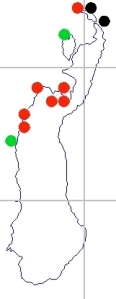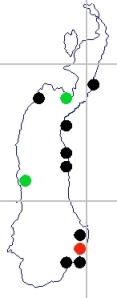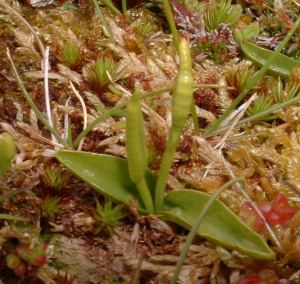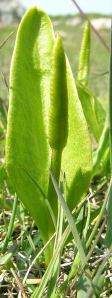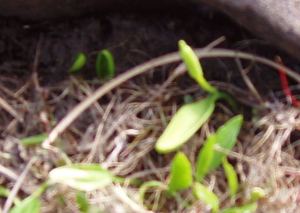This year’s target species for the Threatened Plants Project survey are:
|
Carex ericetorum |
Rare Spring-sedge |
|
Cephalanthera longifolia |
Narrow-leaved Helleborine |
|
Coeloglossum viride |
Frog Orchid |
|
Dianthus deltoides |
Maiden Pink |
|
Fallopia dumetorum |
Copse-bindweed |
|
Gnaphalium sylvaticum |
Heath Cudweed |
|
Groenlandia densa |
Opposite-leaved Pondweed |
|
Melampyrum cristatum |
Crested Cow-wheat |
|
Oenanthe fistulosa |
Tubular Water-dropwort |
|
Vicia orobus |
Wood Bitter-vetch |
Four of these are not known in the vice-county, and two (D. deltoides and G. densa) are known from single introductions, one in an area around a house that might generously be called a garden, the other in a hotel pond.
This leaves four:
Cephalanthera longifolia I have been to every known site in the vice-county over the past three years and have agreed with the organisers of the TPP that such records as I have from those visits will suffice. One old site has been lost and perhaps a second, but a new site has been added.
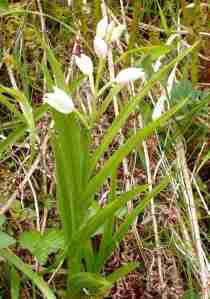
C. longifolia on Skye
Coeloglossum viride will be fun since on Skye there is only one post-1999 record and only one grid reference that is better than four figures. It is also easily overlooked when dwarfed in coastal grassland. There are reliable well-documented sites on Raasay and the Small Isles – but I do not want to spend valuable days returning to well surveyed sites if I can avoid it when there is so much to do in places that I have not yet reached.
The situation with Gnaphalium sylvaticum is a bit better than that for C. viride but shares some of the same issues.
Vicia orobus is better in that there are quite a few records with six-figure G/Rs in places that I have not been. This is a plant of coastal cliffs in this part of the world.
